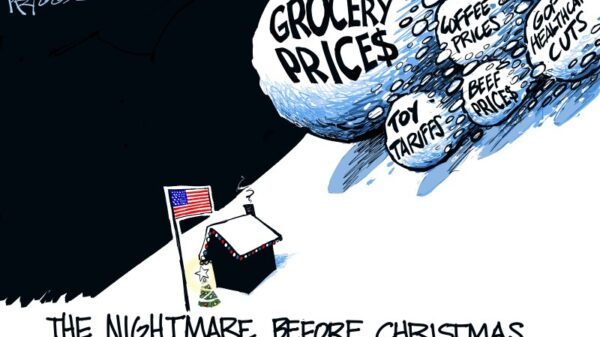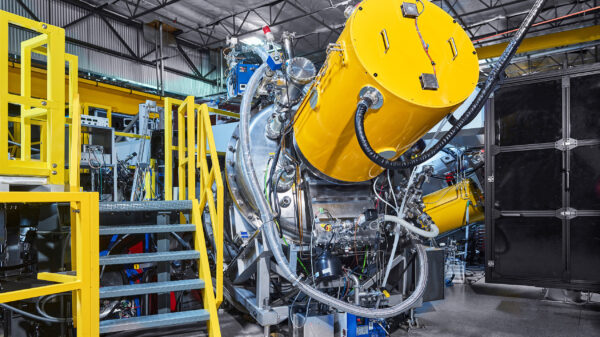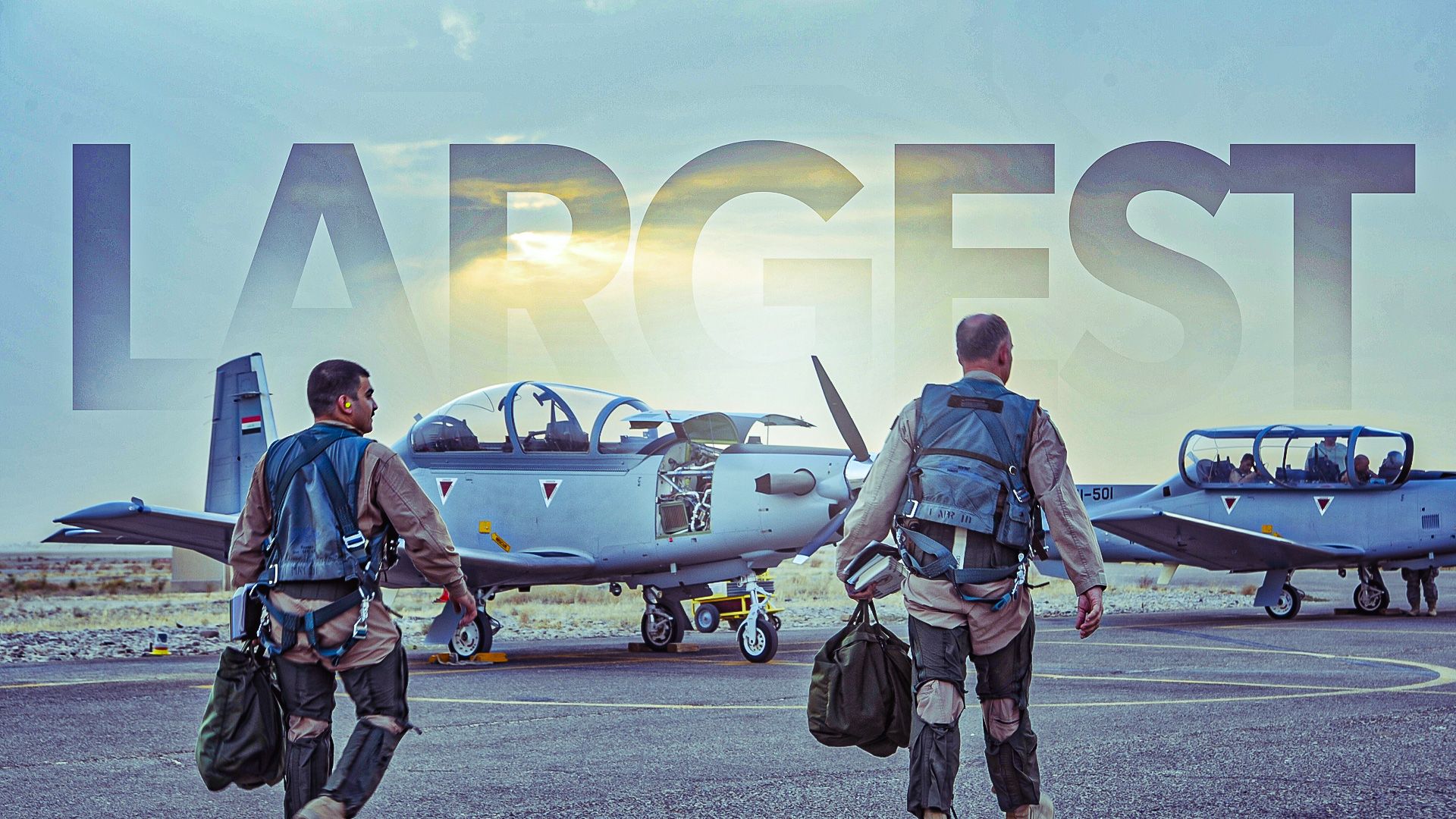The landscape of global air power is evolving, with significant changes in pilot numbers across the world’s largest air forces. The United States maintains its position at the forefront, boasting a fleet of 14,486 aircraft and approximately 37,000 pilots. However, other nations are adapting to recruitment challenges and technological advancements, reshaping their air capabilities.
As of March 2024, the following rankings highlight the current pilot-to-aircraft ratios among the world’s leading air forces:
1. **United States**: 14,486 airframes, 37,000 pilots
2. **Russia**: 4,211 airframes, 4,000-5,000 pilots
3. **China**: 3,304 airframes, approximately 4,000 pilots
4. **India**: 2,296 airframes, 3,834 pilots
5. **Japan**: 1,459 airframes, approximately 2,000 pilots
The pilot numbers reflect broader trends in military recruitment and technological shifts, including the introduction of pilot-optional aircraft. As nations grapple with declining birth rates and financial constraints, the dynamics of air power are increasingly complex.
Japan’s Air Power Development
Japan’s air defense strategy relies on the Japan Air Self-Defense Force (JASDF), which has around 2,000 qualified pilots. This number represents a small segment of the JASDF’s nearly 50,000 personnel. Each of the 1,459 aircraft in the fleet plays a crucial role, from training jets to advanced stealth fighters.
Pilots start their training in Hamamatsu, where they learn to operate the T-7 before progressing to the Kawasaki T-4 and eventually entering operational units. Many will transition to the F-35A, enhancing their skills in managing advanced systems and joint operations. The Maritime Self-Defense Force (JMSDF) adds another layer to Japan’s air capabilities, with plans to require over 100 F-35B pilots for its light carrier, the Izumo, as it ramps up operations.
India’s Challenges and Opportunities
India faces a unique set of challenges within its air force. With authorized positions for 4,239 pilots, the Indian Air Force (IAF) currently has about 3,834 pilots available, as reported by the Hindustan Times. The ongoing conflict in Ukraine has disrupted supply chains, further complicating pilot training and aircraft availability.
The IAF depends heavily on Russian aircraft, and delays in maintenance have hampered operational readiness. Notably, Squadron Leader Mohana Singh recently became the first woman to fly the Tejas fighter jet, marking a significant milestone for gender equality in the IAF.
Negotiations for future aircraft acquisitions, including potential variants of the F-16 or the Sukhoi Su-57, hinge on India’s strategic outlook. The IAF is adapting to the realities of modern warfare, where drone technology is reshaping engagements.
China’s Rapid Expansion
The People’s Liberation Army Air Force (PLAAF) has seen significant growth, with an estimated 4,000 active-duty pilots supporting a fleet of 3,304 aircraft. The PLAAF is undergoing rapid modernization and expansion, necessitating a robust training pipeline for its cadets.
Recent developments include increased training capacities at the Naval Aviation University and the recruitment of foreign expertise, notably the extradition case of former US Marine pilot Daniel Duggan, who faces allegations of aiding Chinese military training.
Despite facing challenges, including a high pilot mortality rate, the PLAAF is accelerating its operational capabilities, particularly in naval aviation, where the introduction of new carriers further emphasizes the need for trained aviators.
Russia’s Recruitment Struggles
The Russian Aerospace Forces (VVS) face significant recruitment challenges, currently manned by about 4,000 pilots for their fleet of 4,211 aircraft. The ongoing conflict in Ukraine has strained resources, leading to increased aircraft losses and combat fatigue among experienced personnel.
Training programs have had to adapt, with some courses shortened to meet immediate needs. However, this has resulted in a decline in overall pilot proficiency and availability, raising concerns about the VVS’s long-term operational capability.
The United States’ Unmatched Fleet
The United States Air Force remains unmatched in terms of fleet size and operational capability. Even with 37,000 personnel, the demand for pilots continues to surpass supply. The Air Force requires more than 5,200 combat pilots to adequately staff its units, yet many remain underresourced.
The Air & Space Forces Magazine highlights the ongoing challenges faced by the Air Force, including declining mission-ready rates and the need for experienced pilots to mentor less experienced aviators. As recruitment struggles persist, the implications for future air operations and combat readiness become increasingly significant.
In summary, the global air force landscape reflects a complex interplay of recruitment challenges, technological advancements, and shifting strategic priorities. As nations adapt to these changes, the future of air power will depend on the ability to cultivate skilled pilots and maintain operational readiness.






































































